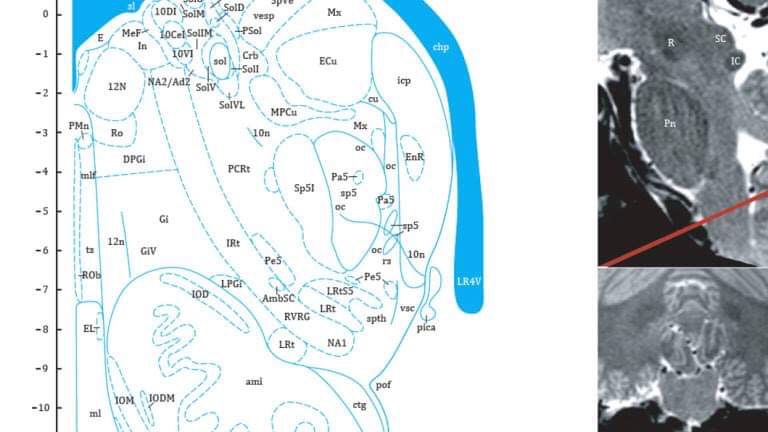Brain mapping has come far in the world and we can read a lot about recent ambitious research in this area. Scientists has for instance been able to map the mutual brain connections utilized in language development and musical training. A newly-charted region, which so far has not been seen in other animals, may be responsible for extremely fine motor control such as our unique ability to play piano.

Professor George Paxinos of Neuro Research Australia (NeuRA) said the discovery of a previously unknown part of the brain was ”starting me in the face for 30 years”. The size of a pea the area is embedded in a major neural connection that links the spinal cord and the brain and is strongly linked to human control of our limbs. Paxinos spent more than forty years hand-drawing extraordinarily detailed maps of the human brain with the aid of a 4B (very soft) pencil. Human brains resemble monkey brains but they are bigger.
When Paxinos was searching for this new region in other animals, he just wasn’t able to find it. Thus, it seems to be a unique human part of the brain related to movement control. ”Monkeys, you don’t see them playing pianos, do you?” Paxinos joked. As one of Australia’s most important scientists, his atlases of the brain are among the most renown publications in neuroscience and are used in surgery for example.
So, how is brain mapping done? When starting a new atlas, a sample brain is cut horizontally into about 200 ultra-thin slices. These are photographed in extremely high resolution, and expanded to 100 x 100 centimeter prints before being placed on tables around a hall-size space.
from Piano Street’s Classical Piano News https://www.pianostreet.com/blog/piano-news/the-brains-piano-spot-discovered-9554/
No comments:
Post a Comment